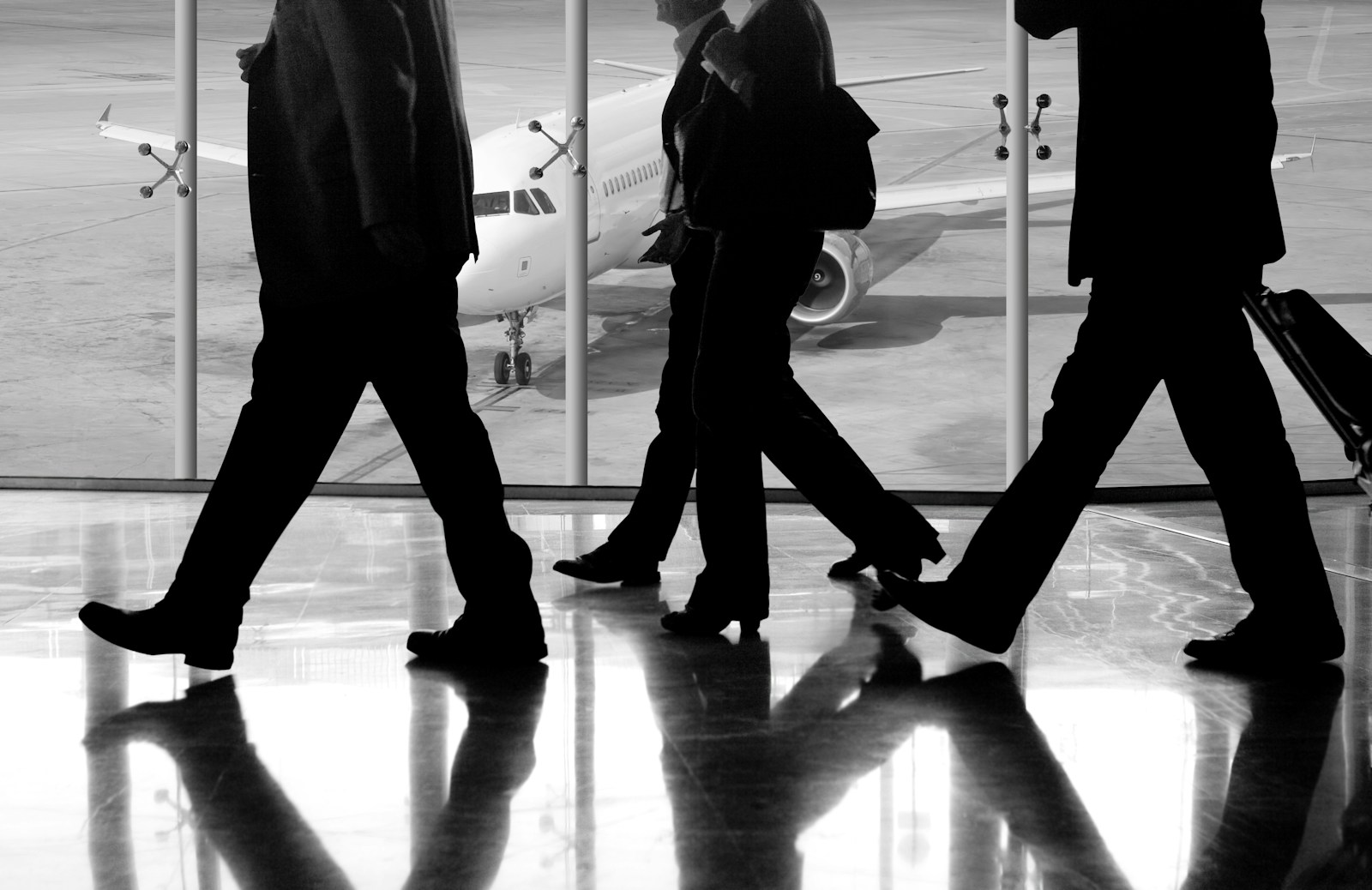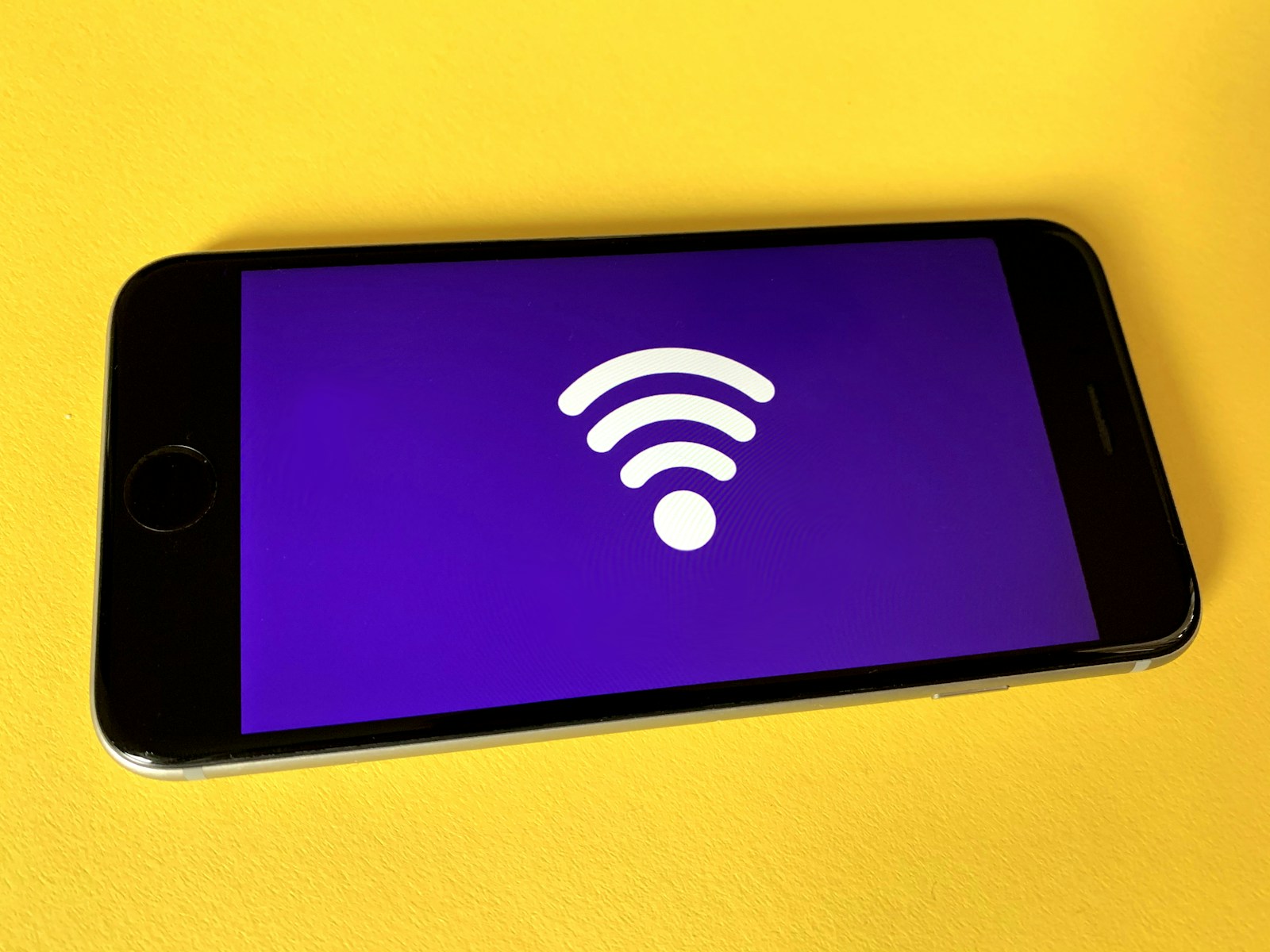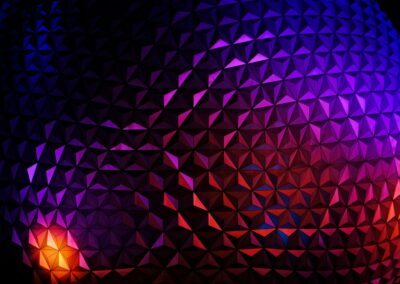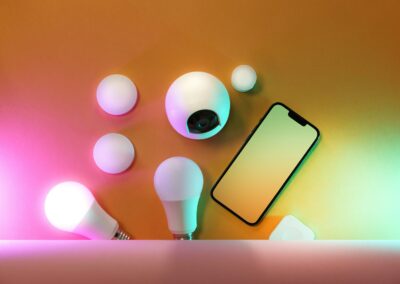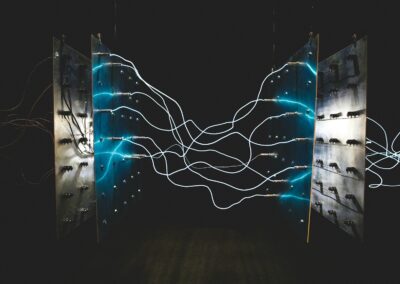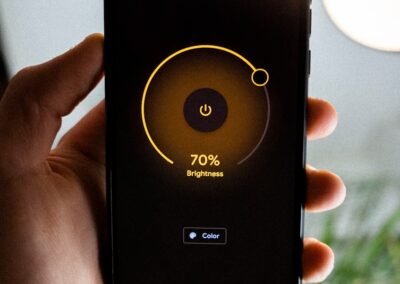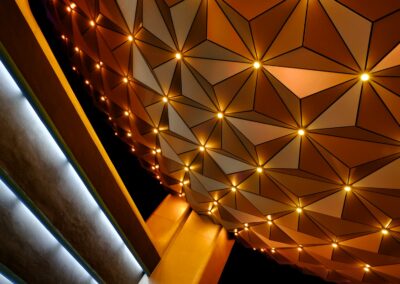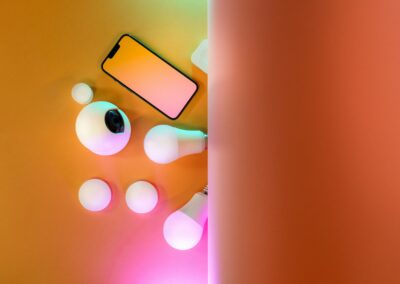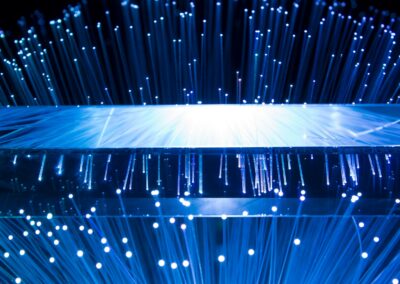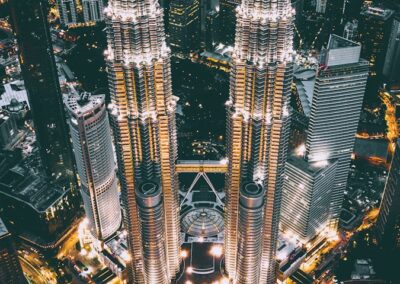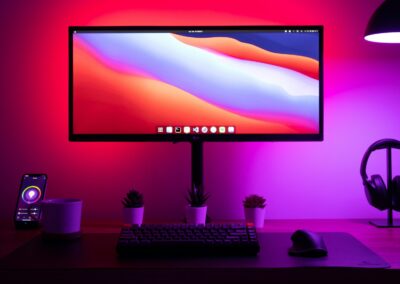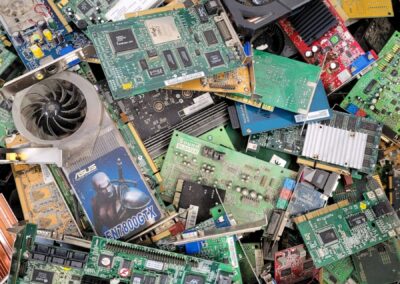Enhancing Urban Environments with IoT-Driven Adaptive Lighting
The Integration of IoT in Adaptive Lighting Systems
The integration of IoT in adaptive lighting systems is revolutionizing the way urban environments manage lighting, offering a smart solution that adjusts brightness based on real-time ambient conditions. This technology is particularly impactful in rapidly developing regions like Riyadh and Dubai, where the push towards smart cities necessitates innovative approaches to infrastructure and resource management. By leveraging IoT, adaptive lighting systems can dynamically respond to environmental factors such as daylight, weather conditions, and human activity, optimizing energy use and enhancing the overall quality of urban life.
IoT-enabled adaptive lighting systems utilize a network of sensors that monitor ambient light levels and other relevant conditions in real time. These sensors feed data to a centralized control system, which then adjusts the brightness of streetlights and public lighting accordingly. For example, in a bustling area of Dubai, the lighting system can automatically dim during periods of low traffic or increase brightness in response to an influx of pedestrians during an evening event. This not only improves visibility and safety but also reduces energy consumption by ensuring that lighting is used only when and where it is needed.
Energy Efficiency and Environmental Impact
One of the most significant benefits of integrating IoT in adaptive lighting systems is the potential for substantial energy savings and a reduced environmental footprint. Traditional lighting systems often operate at full capacity regardless of actual need, leading to unnecessary energy use and higher costs. In contrast, IoT-driven adaptive lighting systems adjust in real time, ensuring that energy is conserved without compromising on safety or functionality. In regions like Saudi Arabia, where energy efficiency is becoming an increasingly important goal, the adoption of IoT in lighting can play a key role in achieving national sustainability objectives.
The environmental impact of IoT-enabled adaptive lighting extends beyond energy savings. By reducing the amount of light pollution in urban areas, these systems help protect local ecosystems and improve the quality of life for residents. For instance, in Riyadh, where urban expansion is rapid, minimizing light pollution can contribute to a more balanced coexistence between urban development and the natural environment. Furthermore, the data collected by these systems can be used to optimize other aspects of urban planning, such as traffic management and public safety, creating a more integrated and sustainable urban infrastructure.
Cost-Effectiveness and Long-Term Benefits
Investing in IoT-driven adaptive lighting systems offers long-term cost savings for municipalities and businesses. While the initial installation of IoT sensors and control systems may require a significant upfront investment, the long-term benefits far outweigh these costs. Over time, the reduction in energy consumption and maintenance costs can lead to substantial financial savings. For cities like Dubai and Riyadh, where infrastructure development is a priority, the cost-effectiveness of IoT lighting solutions makes them an attractive option for smart city initiatives.
Moreover, the data generated by IoT lighting systems can provide valuable insights for future urban planning and infrastructure development. By analyzing usage patterns, cities can identify areas where further efficiencies can be gained or where additional infrastructure investments are needed. This data-driven approach to urban management not only improves the effectiveness of current systems but also informs more strategic decision-making for future projects. In the long run, this leads to smarter, more resilient cities that can adapt to changing conditions and evolving needs.
Strategic Implementation of IoT in Smart Lighting Solutions
Overcoming Challenges in IoT Lighting Integration
While the benefits of IoT in adaptive lighting systems are clear, the integration of such technologies does come with challenges. One of the primary hurdles is ensuring that the IoT network infrastructure is robust and reliable enough to handle the continuous flow of data from a vast array of sensors. In rapidly expanding urban areas like Riyadh and Dubai, where the demand for smart solutions is high, this requires significant investment in both technology and expertise. To overcome these challenges, cities must collaborate with technology providers and industry experts to develop scalable, future-proof solutions that can grow alongside the city’s needs.
Another challenge is ensuring the security of the IoT systems, as they are potential targets for cyberattacks. Protecting the data collected by these systems and ensuring the integrity of the lighting controls is essential to prevent disruptions or unauthorized access. Implementing strong cybersecurity measures, including encryption, regular updates, and real-time monitoring, is crucial to safeguarding these systems. By addressing these challenges head-on, cities can fully realize the potential of IoT in creating smarter, safer, and more efficient urban environments.
The Role of IoT in Enhancing Public Safety
Beyond energy efficiency, IoT in adaptive lighting systems plays a crucial role in enhancing public safety. By providing real-time control over lighting conditions, these systems can improve visibility in key areas during critical times, such as after sunset in high-traffic zones or in areas prone to accidents. In Dubai, for example, adaptive lighting can be programmed to brighten specific streets or intersections in response to traffic density, thereby reducing the likelihood of accidents and improving the overall safety of road users.
Additionally, these systems can be integrated with other IoT-enabled public safety technologies, such as surveillance cameras and emergency response systems, to create a more comprehensive approach to urban security. For instance, in Riyadh, an integrated system could automatically increase lighting in areas where suspicious activity is detected, while simultaneously alerting local law enforcement. This synergy between IoT systems enhances the ability of cities to respond quickly and effectively to safety concerns, making urban environments safer for all residents and visitors.
Future Prospects for IoT in Urban Development
The implementation of IoT in adaptive lighting systems is just one example of how smart technology is transforming urban development. As cities like Riyadh and Dubai continue to grow and evolve, the potential for IoT to enhance various aspects of urban life is immense. From traffic management to environmental monitoring, the applications of IoT are vast and varied, offering new opportunities to improve the efficiency, sustainability, and livability of urban environments.
Looking ahead, the future of IoT in urban development is likely to involve even greater integration of different systems, creating truly interconnected smart cities. This will require ongoing investment in infrastructure, as well as a commitment to innovation and collaboration between public and private sectors. As cities embrace these technologies, they will be better equipped to address the challenges of modern urban life, ensuring that they remain competitive, resilient, and capable of providing a high quality of life for their residents.
#IoT #SmartLighting #AdaptiveLighting #UrbanDevelopment #SmartCities #EnergyEfficiency #RiyadhTech #DubaiInnovation


